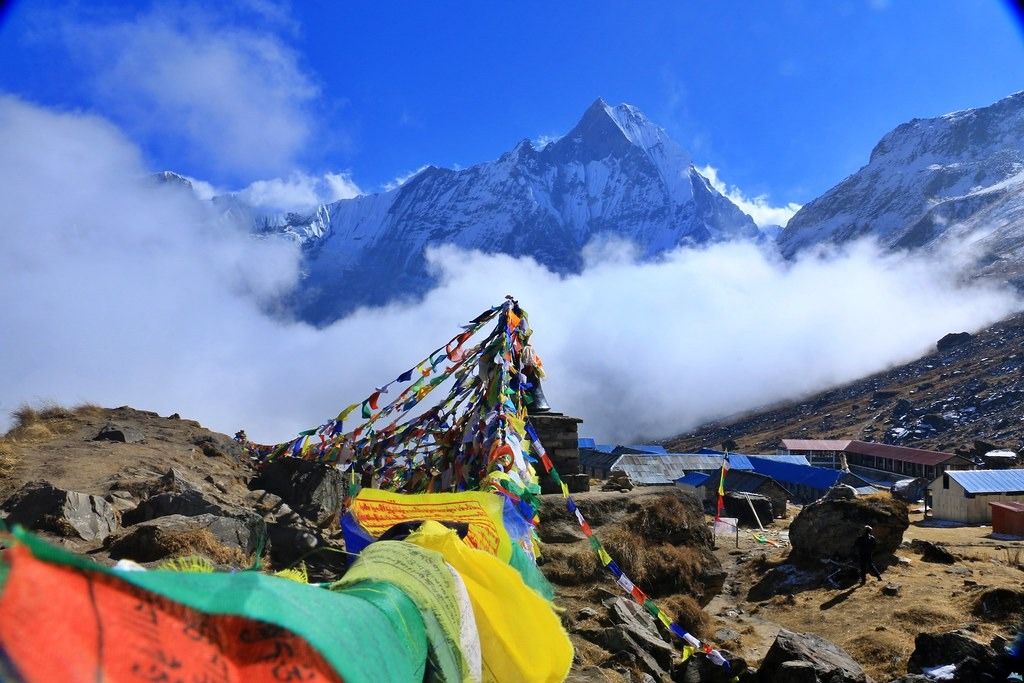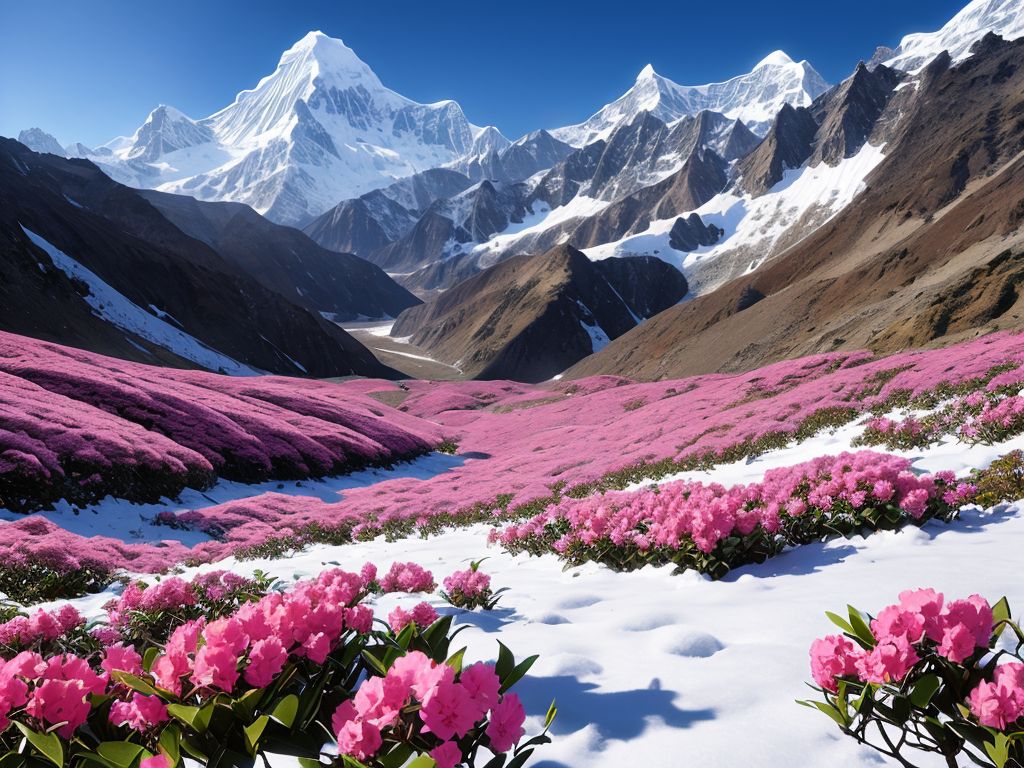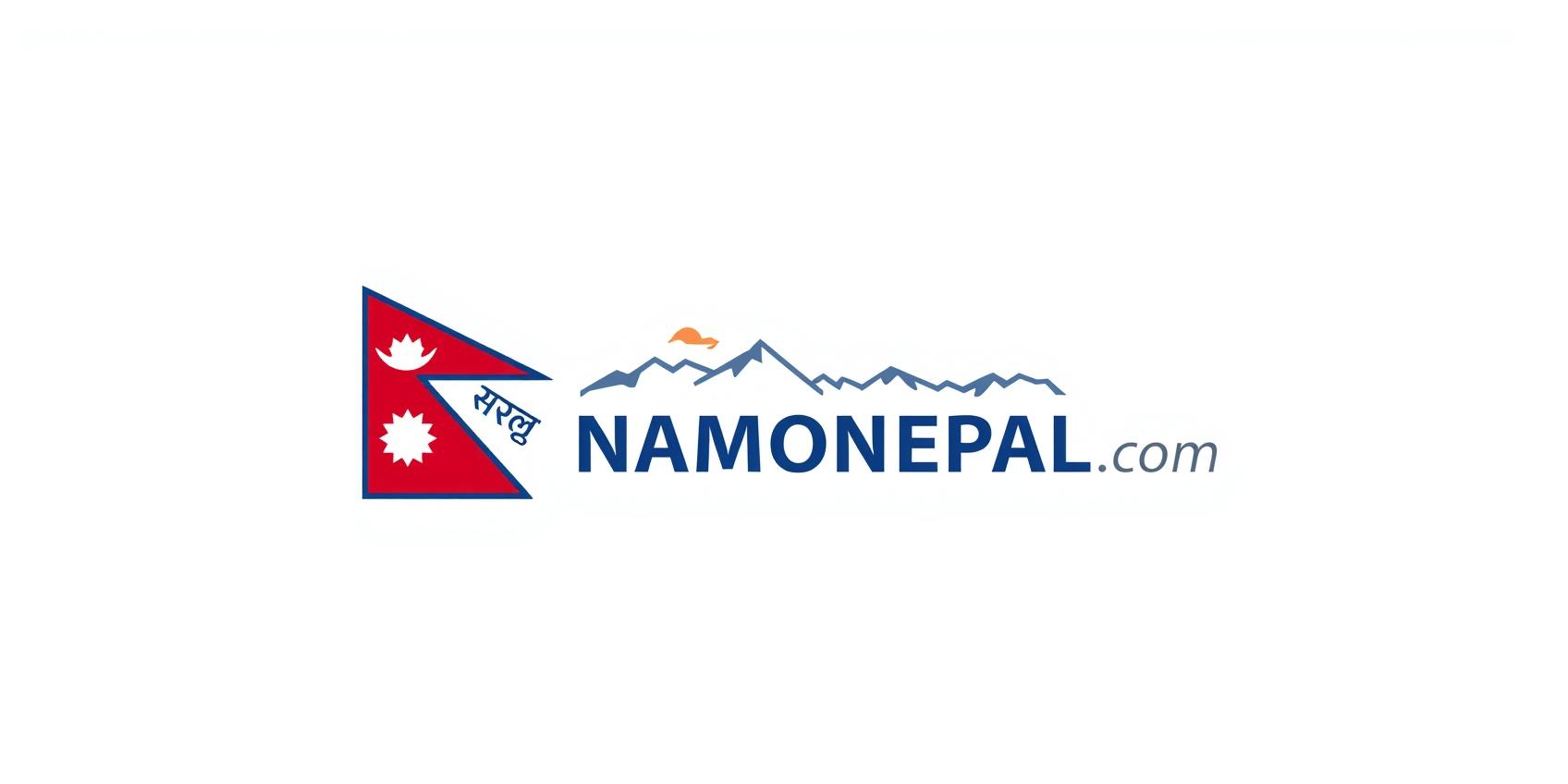The Mighty Himalayas
Nepal is home to some of the most breathtaking mountains on Earth. The mighty Himalayas stretch across the country, offering an extraordinary mix of adventure, culture, and natural beauty. Among its most famous ranges and peaks are **Everest**, the world’s highest mountain, **Annapurna**, a trekker’s paradise, and **Langtang**, known for its accessibility and cultural richness. Each region offers unique experiences—whether you dream of conquering trails, meeting local communities, or simply admiring snow-capped giants, these mountains embody the essence of Nepalese travel and tourism.
Highlights of Nepal’s Mountain Ranges 🏔️
Everest
The world’s tallest peak at 8,848m, a bucket-list destination for trekkers and climbers.
Annapurna
Famous for diverse trekking routes, scenic landscapes, and cultural encounters with Gurung villages.
Langtang
Known for accessibility, Tamang heritage, and pristine mountain valleys close to Kathmandu.
Cultural Tapestry
Rich local culture and traditions woven into each region, offering immersive community experiences.
Thrilling Adventures
Adventure opportunities including high-altitude trekking, peak climbing, and breathtaking scenic flights.
Everest – The Roof of the World
The Everest region, also called the Khumbu, is the ultimate dream for adventurers. Towering at 8,848 meters, Mount Everest draws trekkers, climbers, and dreamers from around the globe. The famous Everest Base Camp trek combines spectacular mountain views with Sherpa culture and visits to monasteries in villages like Namche Bazaar and Tengboche. For those who don’t trek, scenic mountain flights provide a breathtaking glimpse of the world’s tallest peak. Beyond adventure, the region is about resilience, tradition, and the enduring spirit of the Himalayas.

Annapurna – A Trekker’s Paradise
The Annapurna range is among the most popular trekking destinations in Nepal. With routes like the Annapurna Circuit, Annapurna Base Camp trek, and short treks from Pokhara, it offers something for every level of traveler. The landscape ranges from subtropical forests and terraced fields to alpine meadows and high mountain passes. Along the way, trekkers experience the warm hospitality of Gurung and Magar communities, sampling local food and traditions. Annapurna’s mix of accessibility, diversity, and cultural encounters makes it one of the most rewarding mountain journeys in Nepal.
Adventure & Local Experiences
Each mountain region offers more than just trekking. In Everest, travelers experience Sherpa monasteries and Himalayan culture. In Annapurna, they can enjoy hot springs, traditional villages, and even side trips to Mustang. In Langtang, community-based tourism offers homestays, local food, and deep cultural connections. For adventure seekers, options include mountaineering, high-pass trekking, paragliding in Pokhara, and mountain flights that bring the Himalayas into full view. Every experience balances adrenaline with authenticity, ensuring memories that last a lifetime.

Langtang – Gateway to the Himalayas
Close to Kathmandu, the Langtang Valley is often called the “gateway to the Himalayas.” Its proximity makes it perfect for those seeking mountain beauty without long travel times. The trek offers panoramic views of Langtang Lirung, glaciers, yak pastures, and rhododendron forests. The region is also rich in Tamang heritage, giving travelers insight into Buddhist traditions, architecture, and festivals. Rebuilt after the 2015 earthquake, Langtang is both a story of resilience and a welcoming destination for culture and adventure seekers alike.
FAQs about Nepal’s Mountain Ranges 🥾
1. What is the best time to trek in Everest, Annapurna, or Langtang?
The best seasons are **spring (March–May)** and **autumn (September–November)**, when skies are clear and trails are at their best.
2. Do I need special permits for trekking?
Yes, permits like the **TIMS card** and conservation area passes are required for all three regions. These help support sustainable tourism.
3. Are the treks suitable for beginners?
Yes. Annapurna and Langtang offer treks for beginners, while Everest Base Camp requires more preparation. With guided tours, **all levels can experience** these mountains.
4. Can I see Everest without trekking?
Absolutely. **Scenic mountain flights** from Kathmandu provide spectacular views of Everest and other Himalayan giants without stepping on a trail.
5. What kind of accommodation is available?
From **teahouses** along trekking trails to homestays and lodges, accommodation is simple but welcoming. In popular areas like Annapurna and Everest, options are more varied.
6. How do local cultures differ in each region?
The Everest region is home to the **Sherpas**, Annapurna to **Gurung and Magar** communities, and Langtang to the **Tamang** people—each with unique traditions, food, and hospitality.
Conquer the Giants: Your Himalayan Journey Awaits
Nepal’s mountains are more than just landscapes—they are living symbols of adventure, culture, and resilience. Whether you dream of standing beneath Everest, trekking through Annapurna’s diverse trails, or immersing yourself in Langtang’s Tamang heritage, each journey offers its own unforgettable magic. At Namo Nepal, we help you discover these iconic ranges through authentic travel, guided adventures, and cultural connections. Begin your Himalayan journey today and let Nepal’s mountains inspire you for a lifetime.
Find My Perfect Trek